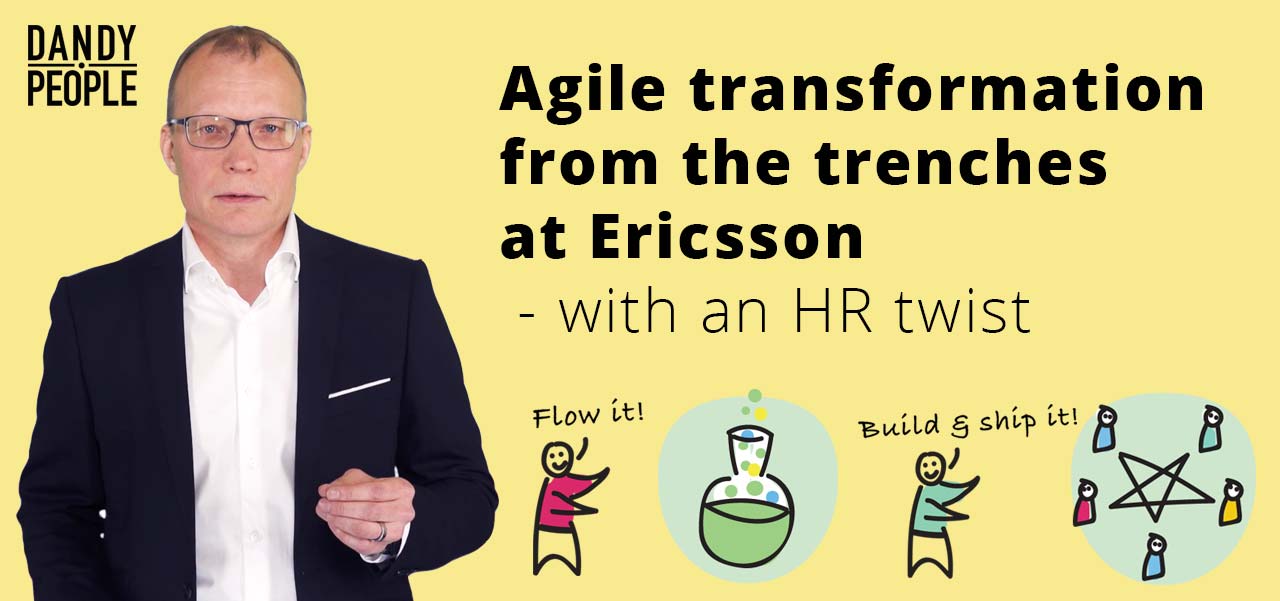
In this blog post, I would like to share my overall learnings and 7 key takeaways, from an HR perspective, one of the largest and successful Agile transformations that I have taken part in at the Telecom Company Ericsson. I would love to listen in to your reflections too, so please feel free to share your thoughts, challenges, and experiences in the comments below.
Background
The part of Ericsson where I worked, had a need to improve the quality, drastically shorten the lead time for delivery and increase customer value within the same, or even shrinking, budget. After searching both internally and externally for “best of breed” in terms of product development, we decided to go the Lean & Agile way.
During this period, I was an HR Business Partner for 2 units, each one of them was + 1800 people. This was combined with the role of Lean & Agile HR Driver for the business unit (BU) and People Strategy Driver, which in turn led to the role of HR representative in the BU Lean & Agile change program, basically a project office for the transformation.
(more…)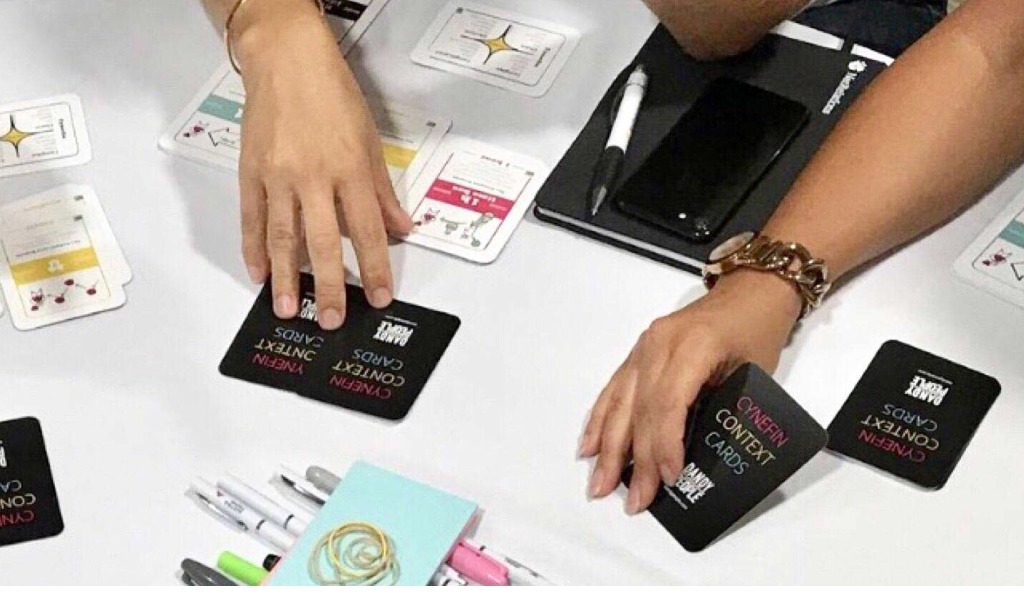
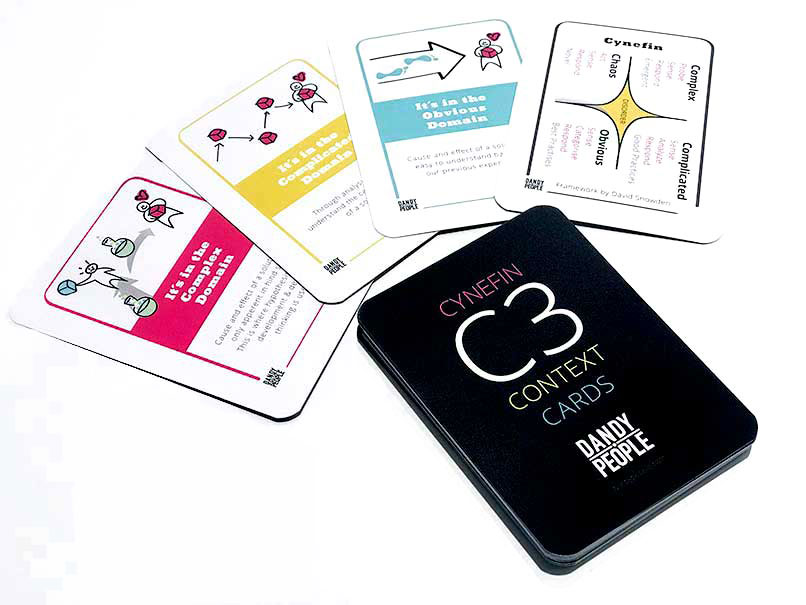
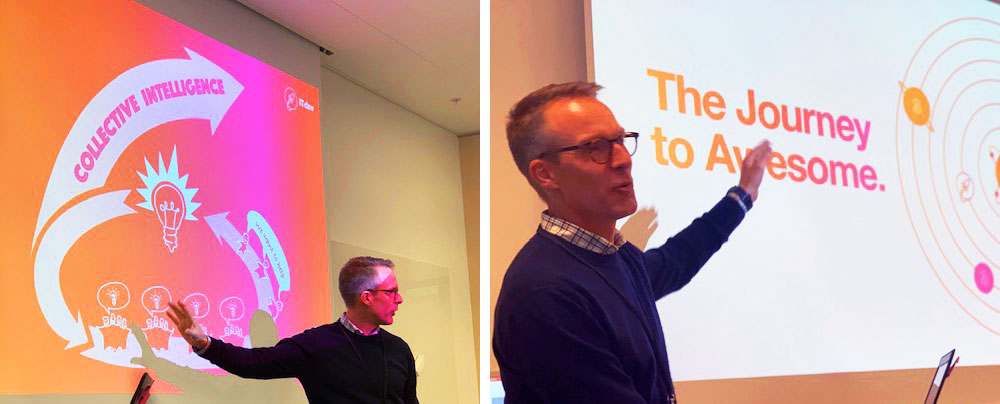
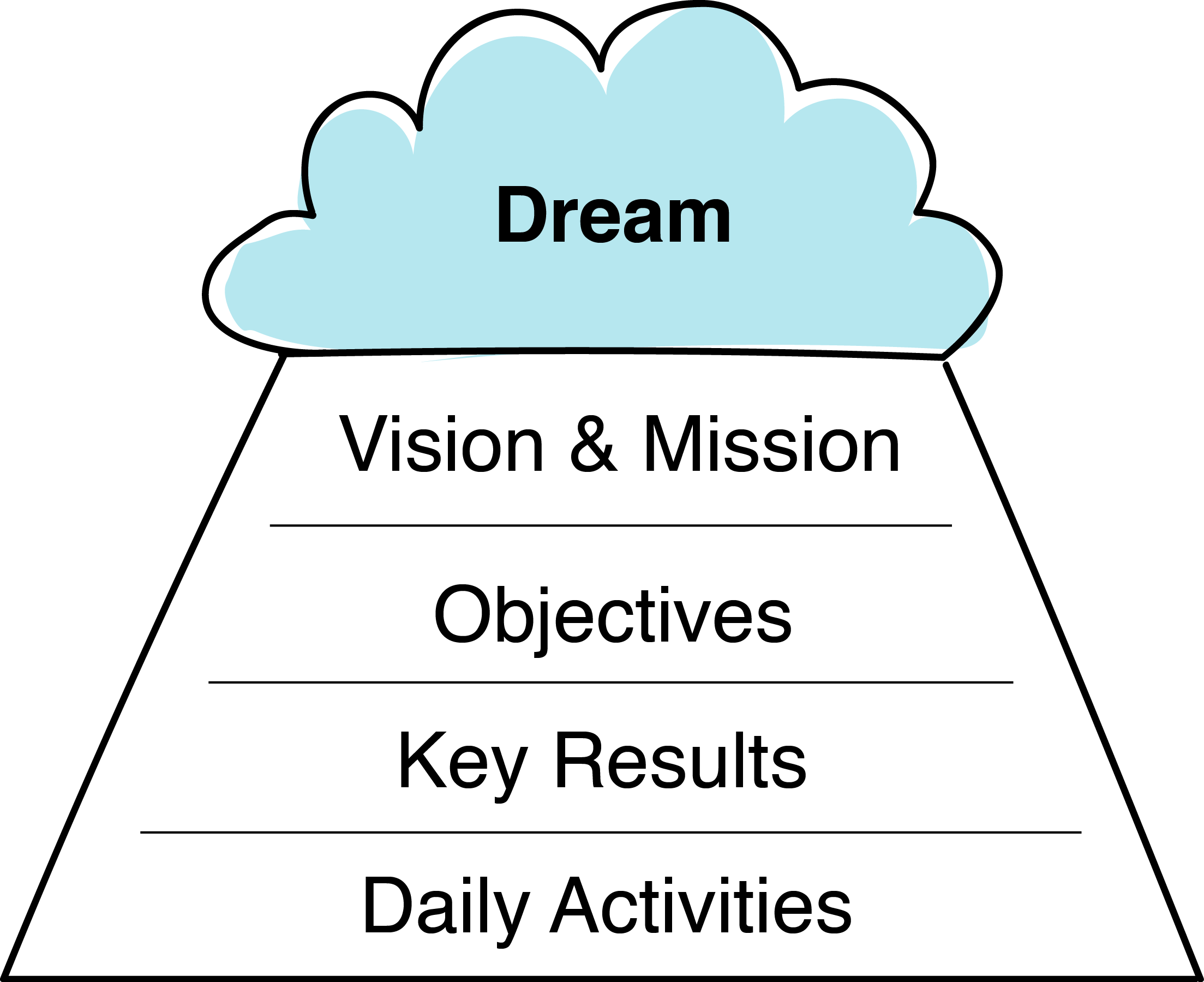
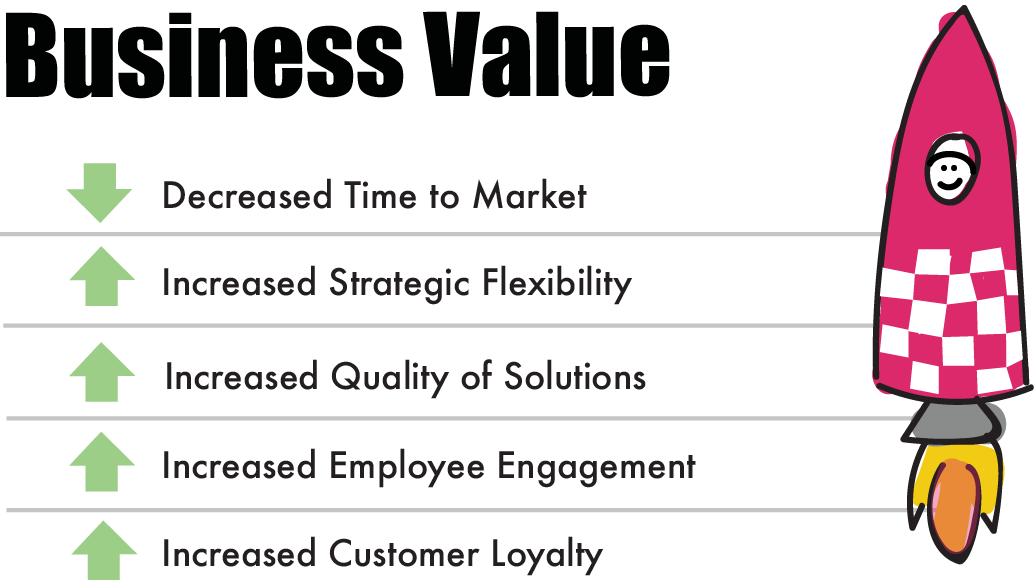 To organize around the customer journey has proven to be extremely effective in order to deliver as much value as possible, as fast as possible – and to make the customer as well as the employees feel awesome! In most organization the organization structure itself is what´s causing the most pain – maybe no wonder when you reflect on that the silos based hierarchical organization is over 100 years old! You can download the
To organize around the customer journey has proven to be extremely effective in order to deliver as much value as possible, as fast as possible – and to make the customer as well as the employees feel awesome! In most organization the organization structure itself is what´s causing the most pain – maybe no wonder when you reflect on that the silos based hierarchical organization is over 100 years old! You can download the 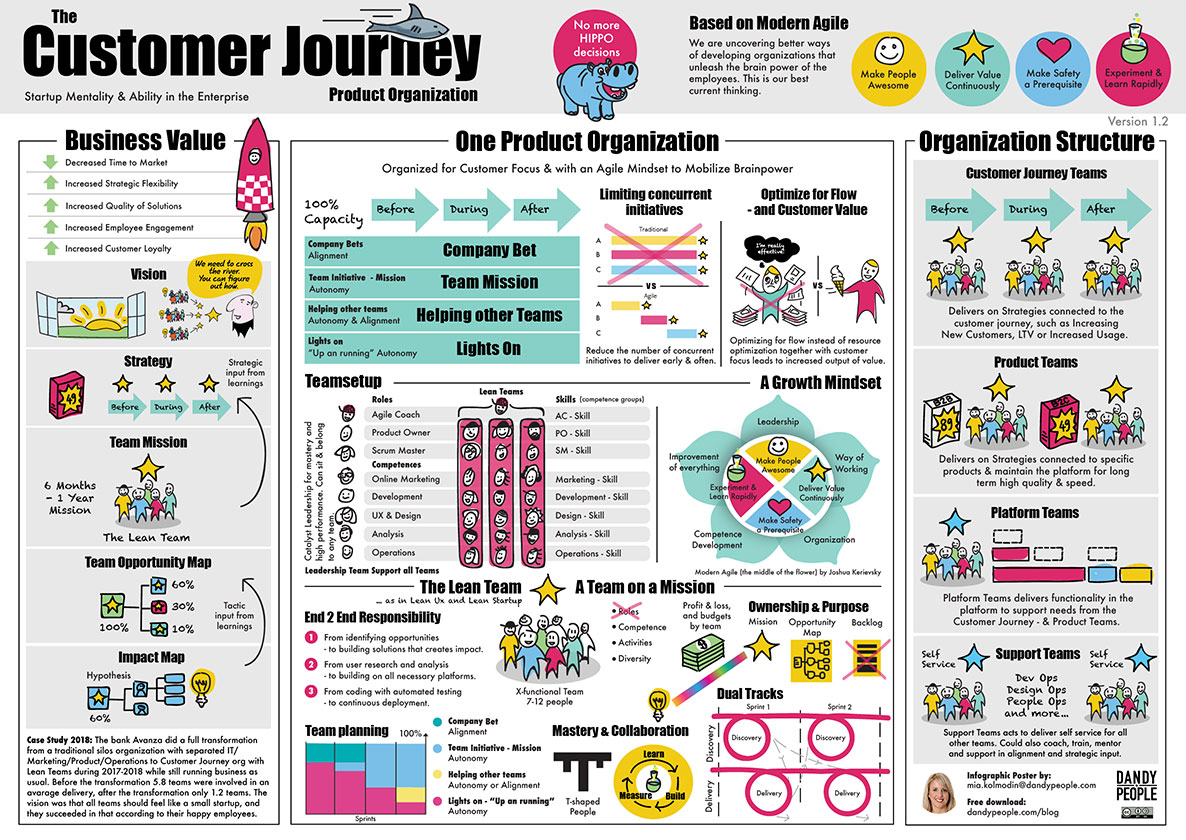
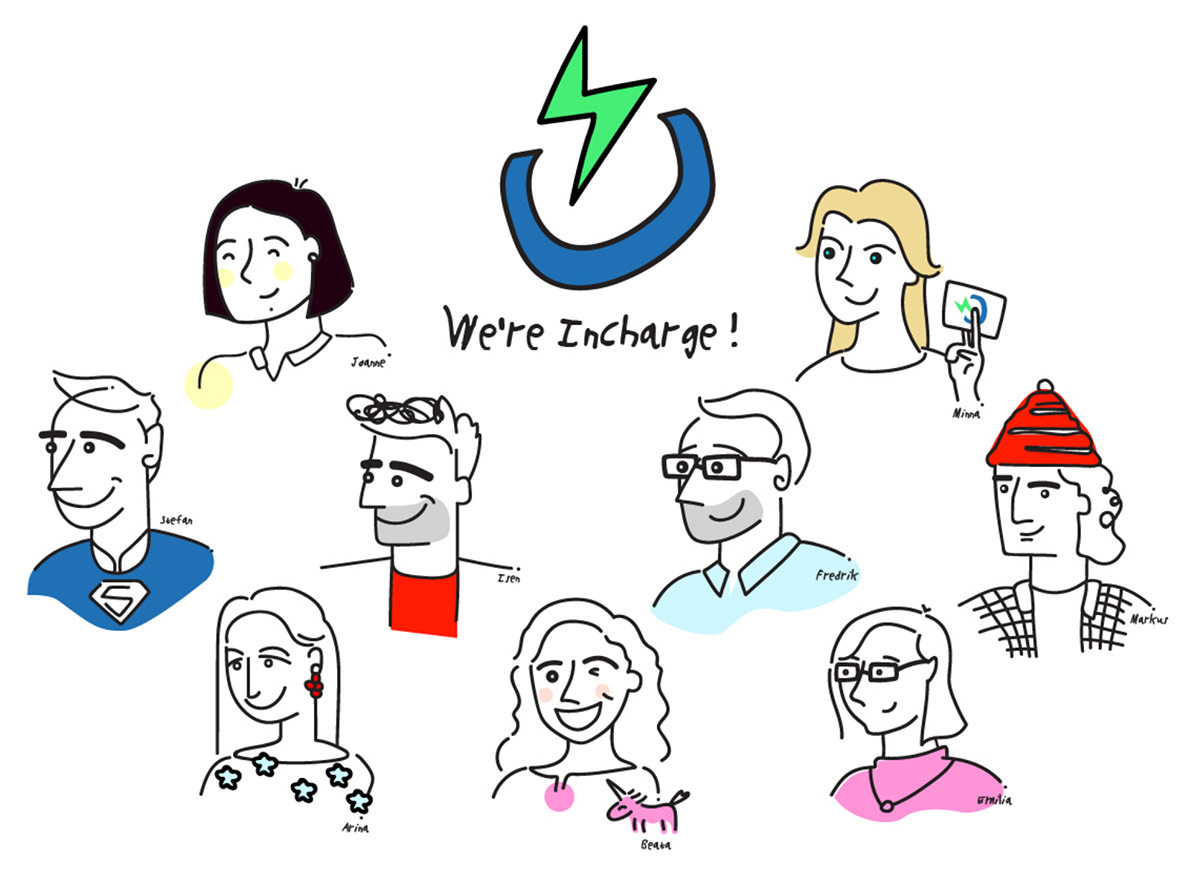
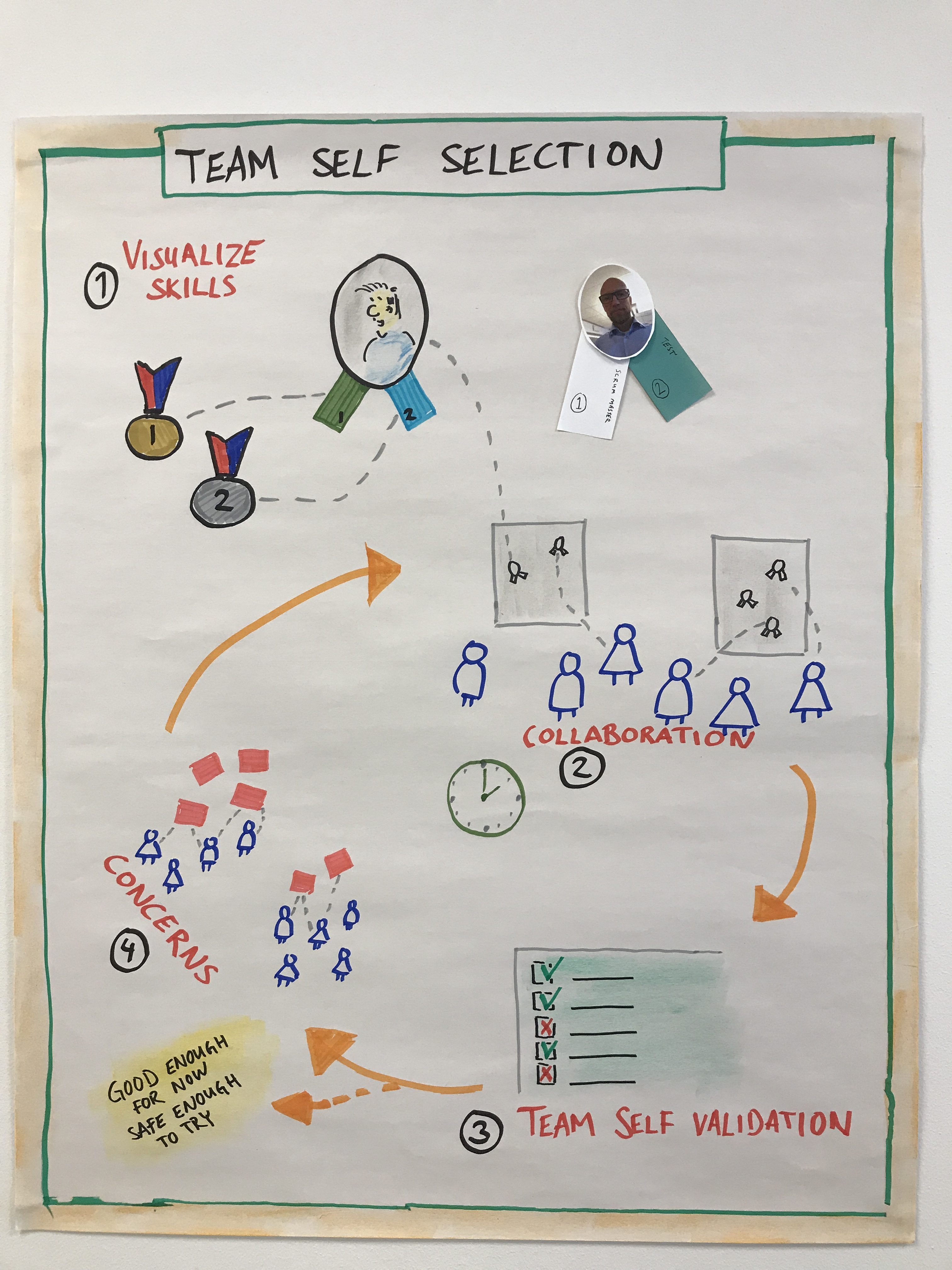
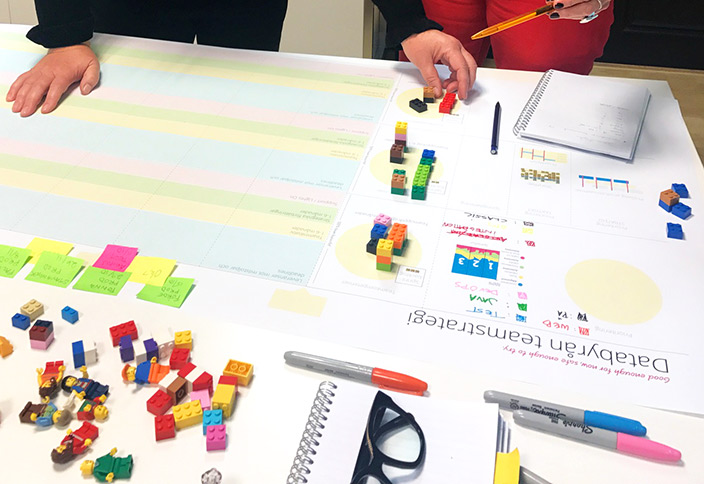



Recent Comments